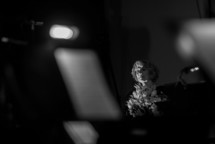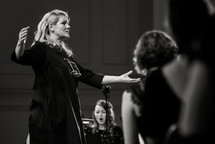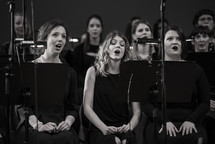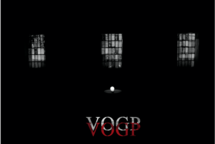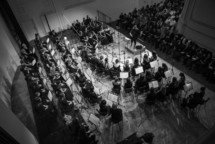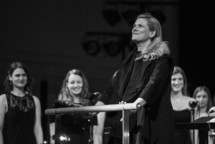VOGP Music of survival
Close your eyes and try to imagine
Press
... mature, well-trained voices created a sound and artistic energy that is rarely heard and unforgettable ...
... outstanding musical expression ...
... doubtlessly, in these states of the soul the feelings and the mind of the artists or performers project a spear of redemption in an artistic expression that is most free and most liberating ...
... a magnificent experience, at the same time touching and bitter at the thought of the uncertain future of this outstanding corpus ...
Večer
... privilege to experience the sounds of the Slovenian Female choir Carmina Slovenica...
... a touching concert by Vokal Orchester Carmina Slovenica under the inspirational conducting of Karmina Silec...
... the sound quality of the choir impressed to such an extent that one at times could imagine hearing the original instrumentation. Silec showed insight into not only the vocal genre, but also the original works in her choice of tempi and a variety of vocal colours employed to interpret each work individually. Each voice group had its own character and formed part of the vocal tapestry in a very responsible and integral part. With a very well executed vocal legato and flawless and admirable intonation the choir took listeners on an emotional, but also a rich artistic tour through beloved melodies...
... in the same way that the prisoners received spiritual release from singing these arrangements, and helped them to forget about the squalor of the Barracks camp, the rendition of Carmina Slovenica also helped to give some spiritual release from every day life and offered a moment for contemplation...
Johan van der Sandt

